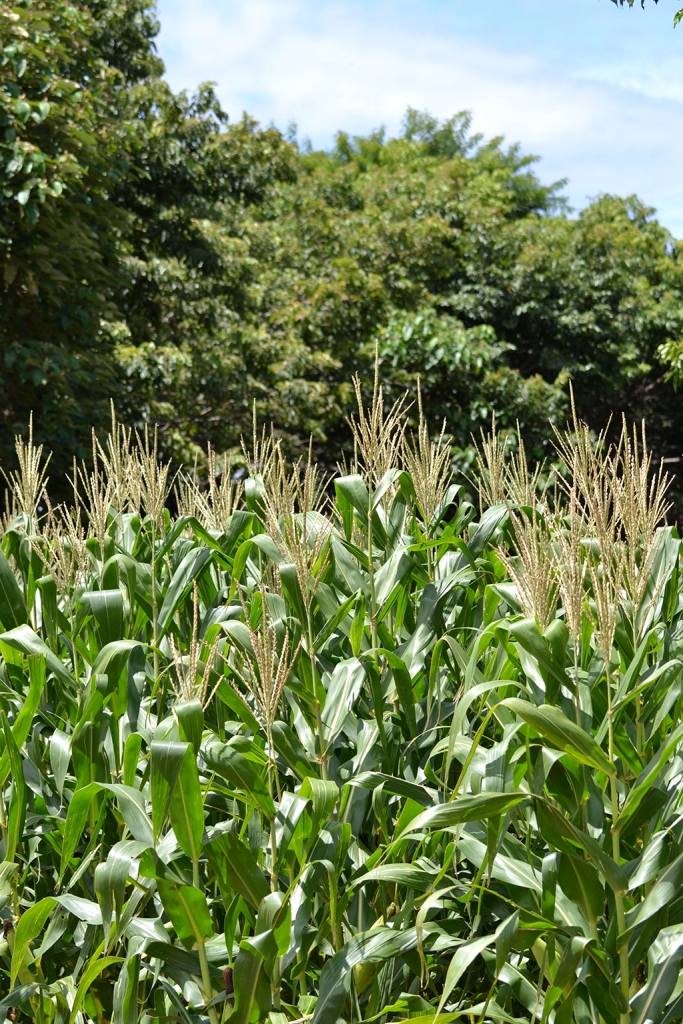Porto Alegre, September 24, 2024 – The change in the global monetary policy environment has not yet been enough to neutralize the pressures on the commodities market, there is only a possibility that global demand will remain healthy in the medium term. Meanwhile, the US harvest is progressing while the South American planting begins. Until January, small normal adjustments in the US crop will occur, while South America projects discreet corn summer crops. Argentina and Brazil will have more modest planting areas, with low production potential. A more concentrated flow of demand for US corn in the first half of the year can be expected, and this bias may help prices on the CBOT to recover due to higher weekly exports. Brazil will need a large second crop in 2025, not only due to its discreet summer but also to its growing domestic demand. The meat sector is advancing with record demand for corn, and the ethanol sector has at least six new large plants scheduled to open in 2025/26, increasing the potential demand for corn in this segment. Demand in 2024 is already feeling part of this movement, with the adjustment to a record 88 mln tons, and is expected to exceed 90 mln tons in 2025. In addition, there is export demand, and all of this is driving Brazilian corn production. The only issue is that grower prices need to reflect this scenario, without affecting the competitiveness of consumer sectors.
The difference between medium-term (five-year) interest rates, of the US government bonds and the prime rate was perhaps the main reason for the deeper interest rate cut by the Fed last week. The difference between the bonds at 3.4% and the prime rate at 5.25% certainly forced the larger adjustment. The Fed decided to cut the interest rate by 0.5% at its September meeting, even with inflation above the target and unemployment at 4.2%. After the decision, another important piece of information confirmed the exaggerated view of the Fed’s interest rate cut, namely, the industrial activity index rose 1.6% in August, against negative market expectations.
Besides the sharp cut in September, the Fed announced two more 0.25% cuts in the next two meetings in 2024, November and December. Naturally, new inflation and employment information will emerge by then, and the risk is an inflationary recovery that will require a resumption of interest rates. The Fed seems to have chosen to motivate the economy at a time of electoral dispute instead of preserving the economy’s parameters.
The dollar index, as we pointed out, had already anticipated this interest rate cut movement. The dollar index broke the 101-point range, and with the Fed’s decision, it rose again on the NYSE. This movement frustrated part of the market that expected a high in commodities with the interest rate decision. However, with two new cuts ahead, a scenario of pressure on the currency is still possible until the end of the year.
In Brazil, the Monetary Policy Committee (Copom) was not as aggressive. However, it met expectations of raising the Selic rate by 0.25%, even in contrast to interest rate cuts in Europe and the United States. As we have pointed out, the internal fiscal profile is disastrous, with no stance from the federal government to adjust public spending in line with the current fiscal deficit. The attitude is to try to accelerate revenue while not cutting spending, and this is an equation that is not solving the second year of record deficit in public accounts. With a record debt, the financial market wants interest rates in line with the flow requirements of public bonds to finance the government. For this reason, some financial market agents believe in new interest rate hikes in the next Copom meetings, with some pointing to an 0.5% increase in the next two meetings. Without adjusting spending, there is no solution for interest rates, especially because the impact will be on inflation. Inflation, by the way, is already generating distrust in the releases made by IBGE.
The real followed the natural movement of interest rate cuts in the US and interest rate hikes in Brazil and lost the support of BRL 5.48, seeking the support at BRL 5.40/dollar. However, there is a feeling that the Copom may resist new interest rate hikes in the next meetings due to the interest rate cut abroad that would alleviate the Brazilian situation. However, the problem is internal, and without interest rates the financial market will work against the real, and that is how it closed the week, with the dollar returning to over BRL 5.50 and projecting that the Copom may not have an intense interest rate hike in the next meetings. The Selic will need to rise another 1.75% to meet the government’s needs to roll over bonds to the financial market, should inflation remain stable.
Safras News

